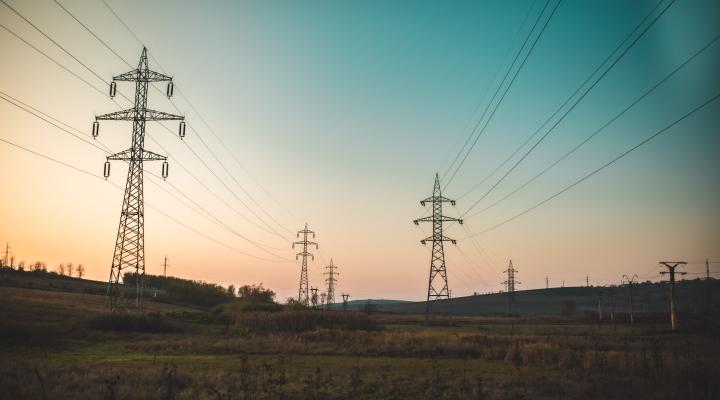If you have noticed your electric bill increasing over the past few years, you are not imagining things. Electricity consumption in the United States is on track to reach new record levels not only in 2025 but also in 2026, according to projections from the U.S. Energy Information Administration (EIA). This growth reflects changes in how Americans live, work, and power the key industries that drive the economy.
To put the growth in perspective, the EIA forecasts that total U.S. electricity consumption will climb to 4,201 billion kilowatt-hours in 2025 and continue rising to 4,244 billion kilowatt-hours in 2026. These figures surpass the previous record of 4,097 billion kilowatt-hours set in 2024. After years of relatively flat electricity use despite population and economic growth, this marks an important shift.
A big reason for the surge in demand is how businesses and industries are expanding their use of electricity. The commercial sector, which includes office spaces and the rapidly growing data center industry, is expected to increase electricity use by an average of 2.6 percent annually from 2020 through 2026. Similarly, the industrial sector, made up of manufacturing plants and high-tech facilities such as semiconductor and battery factories, is projected to see a 2.1 percent yearly increase over the same time period.
Data centers, in particular, have become significant drivers of this demand. These sprawling facilities that house the servers running the internet, artificial intelligence applications, and cryptocurrency mining are using more power each year. The EIA points to the rise of generative AI, which requires massive computing power, and the ongoing migration of businesses to cloud platforms as key contributors to increased electricity consumption in this sector.
Residential use is also climbing. The EIA estimates that U.S. homes will consume 1,527 billion kilowatt-hours in 2025. This rise is largely due to more widespread adoption of electric heating and the growing number of electric vehicle chargers installed across neighborhoods. Remote work trends have also shifted some electricity use into homes, even as businesses adapt their energy needs.
At the same time, the sources of this expanding electricity supply are changing. Natural gas remains the dominant fuel for power generation, accounting for 42 percent of electricity in 2024. However, this share is expected to decline slightly to about 40 percent in 2025 and 2026 as renewable energy sources draw a larger portion of the mix. Renewables, including solar and wind power, are growing quickly and are expected to increase from 23 percent of total generation in 2024 to 27 percent in 2026. Solar power alone is predicted to grow by 34 percent in 2025.
Coal-fired power plants continue to play a reduced but still necessary role in meeting peak demand, while nuclear energy maintains a steady share of about 19 percent of the electricity generation mix. Overall, the U.S. is increasing its electricity supply to meet higher demand while gradually shifting away from fossil fuels toward cleaner options.
Looking ahead to the longer term, electricity demand in the U.S. is expected to grow 35 to 50 percent by 2040. This growth will be mostly fueled by expanding industrial activity, a larger electric vehicle fleet, and more electric heating adoption. Even though there are ongoing efforts to improve energy efficiency and modernize the power grid, these gains will not offset the overall increase in demand in the near future.
These projections emphasize that electricity is becoming more central to the economy and daily life than ever before. The challenge will be ensuring that this growing demand is met reliably and affordably while transitioning to cleaner energy sources. Electricity use was once a background concern, but with data growth, electrification, and technological innovation accelerating, it is moving to the forefront of America’s economic narrative.

